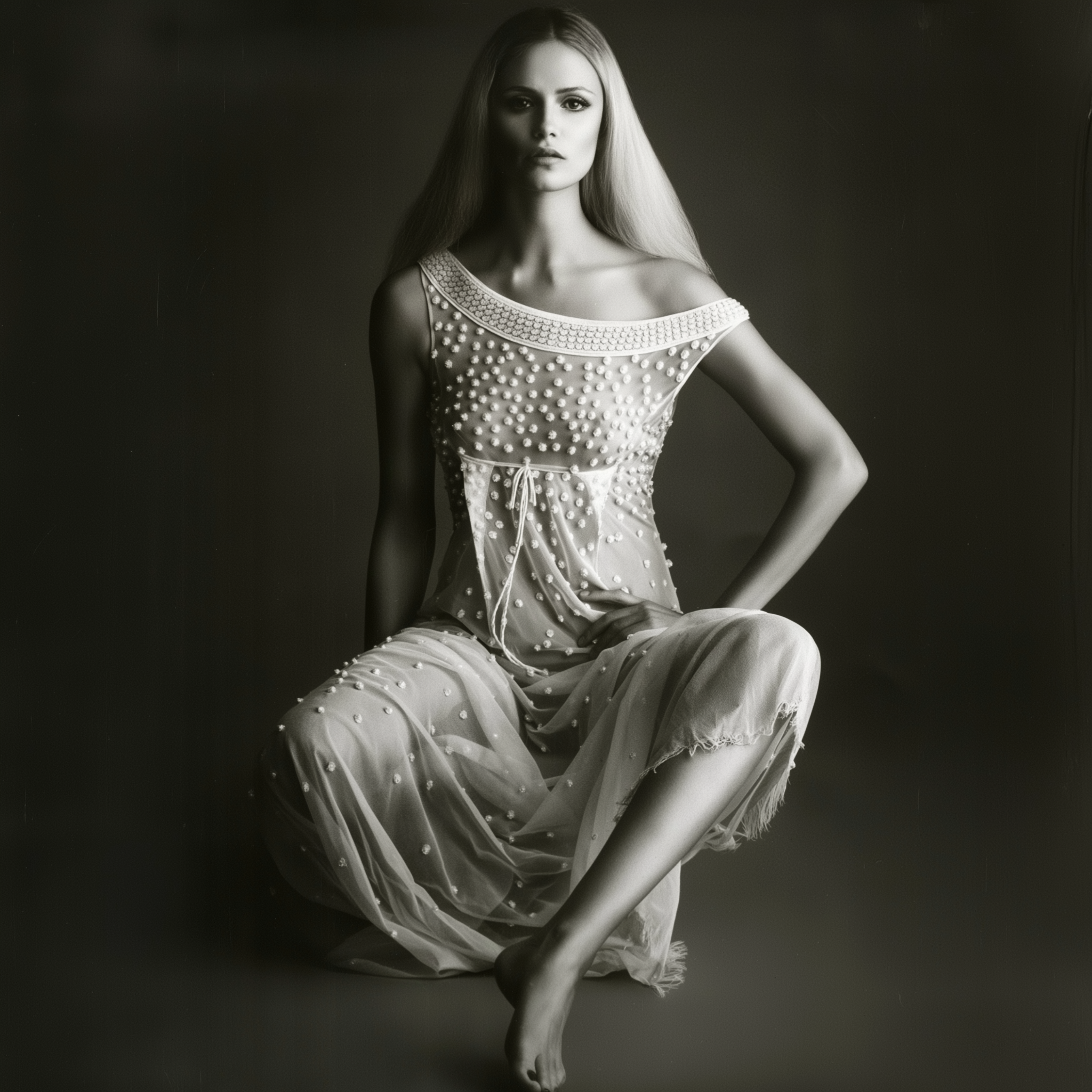
Moon: Soul and Reflection
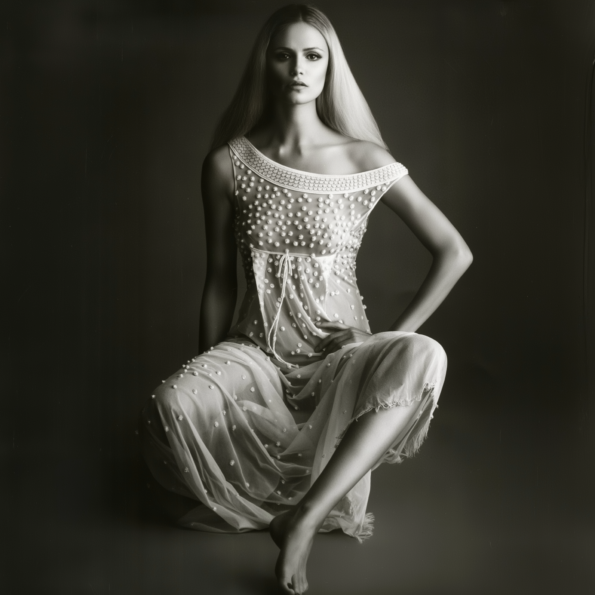 The Moon is a mesmerizing entity, isn’t she? Forever balancing between light and shadow, an ever-changing yet timeless mirror for our deepest desires, fears, and latent mysteries. In astrology, she represents the uncharted waters of our inner lives. She’s our emotional pulse, our subterranean self that often defies reason or control, existing in a world untethered to the linear or the logical. For the ancients, the Moon was an emissary, an enchanted force, the embodiment of a divine feminine energy that held sway over the night and all its hidden realms. The Moon speaks to what we feel rather than what we know. When you look up at her, you’re looking into a universal psyche—reflecting back the feelings we can’t always articulate but can feel as powerfully as the waves she draws on the shores. In her phases, we see our own cycles: waxing with hope and ambition, waning with introspection and retreat, hiding in darkness when rest or recalibration is needed, and bursting into fullness to shed light on what’s hidden. She pulls and prods at our sensitivities, making us realize that our so-called “shadows” are just parts of us we’ve yet to welcome into our conscious experience. In this sense, she’s a teacher—perhaps the ultimate mystical guide who subtly encourages us to embrace both light and darkness.
The Moon is a mesmerizing entity, isn’t she? Forever balancing between light and shadow, an ever-changing yet timeless mirror for our deepest desires, fears, and latent mysteries. In astrology, she represents the uncharted waters of our inner lives. She’s our emotional pulse, our subterranean self that often defies reason or control, existing in a world untethered to the linear or the logical. For the ancients, the Moon was an emissary, an enchanted force, the embodiment of a divine feminine energy that held sway over the night and all its hidden realms. The Moon speaks to what we feel rather than what we know. When you look up at her, you’re looking into a universal psyche—reflecting back the feelings we can’t always articulate but can feel as powerfully as the waves she draws on the shores. In her phases, we see our own cycles: waxing with hope and ambition, waning with introspection and retreat, hiding in darkness when rest or recalibration is needed, and bursting into fullness to shed light on what’s hidden. She pulls and prods at our sensitivities, making us realize that our so-called “shadows” are just parts of us we’ve yet to welcome into our conscious experience. In this sense, she’s a teacher—perhaps the ultimate mystical guide who subtly encourages us to embrace both light and darkness.
The Moon doesn’t belong to one realm alone; she’s at once a symbol of spiritual mystery, an anchor for emotional truth, and a doorway to the unknown. Each of us feels her pull differently, and in astrology, her placement in our chart reveals the particular frequency of her effect on our lives. The Moon, like the soul, is ever-mysterious, revealing herself only as much as we’re ready to see. The next time you feel drawn to her glow, remember—it’s not just a light in the sky. It’s a mirror, an invitation into the vastness that resides within you.
The Moon is our night-bound muse, casting her celestial spells over all of us earthbound mortals. She’s a keeper of mystery, keeping us suspended in her rhythmic grip, coaxing forth our hidden selves like an invisible tidal wave moving through the human soul. Bewildering, hauntingly beautiful, and eternally enigmatic. You stare up at her, and it’s as if she stares back with a thousand silent secrets, a knowing yet unspeaking presence.
Watching her wax and wane over a month is like watching a beautiful dance, a divine theater. There she is, hiding in darkness, slipping into slivers, swelling into fullness, only to withdraw again. It’s a show without words, but it speaks to our very core, urging us to follow our own cycles—our desires, our losses, our renewals. She holds up a mirror to those deeper parts of us that don’t often see the light, asking us to look, to feel, to surrender to the ebb and flow of emotion that she so effortlessly orchestrates.
When she’s at her brightest, many feel her pull all the more, as if something primordial stirs awake within. People do become more weepy, dreamy, and drawn to introspection—some wild surge of sentiment flooding out of us, surprising even ourselves. She has the power to dredge up our most tender longings and fears, not so much to torment but to liberate. It’s a bittersweet blessing, like a melody that brings both a tear and a smile. And therein lies her magic. She doesn’t try to define or constrain emotion but instead invites it all out—the whole rainbow of feeling, in its fullness and ferocity. She doesn’t care if we think we’re being “too much” or “over-sentimental.” In her presence, there’s no such thing. She is a permission slip to experience the great sweep of human feeling, to sink into the soulful messiness of it all, unapologetically. To watch her is to be reminded that even in the dark, there is beauty, there is rhythm, and there is life. We are creatures of the Earth but with a foot in the stars, drawn into her hypnotic glow and, for a few moments, made part of her great cosmic realm. A truly enchanting, surreal feeling, wouldn’t you say?
The Moon has a grip on us! Since our earliest days, humanity has felt that the Moon is more than just a passive presence in the sky. There’s something alive, almost sentient about her influence, as if her rhythms align with our own. Over the years, we’ve come to believe she stirs up our passions, impulses, and, occasionally, our wilder instincts. Now, modern science steps in and, naturally, gets a bit uncomfortable with the whole idea. How can a chunk of rock nearly 240,000 miles away be capable of stirring the minds of humans? And yet, there are studies that have looked into correlations between the lunar cycle and human behavior.
Some researchers have claimed to find subtle increases in crime rates, psychiatric admissions, even sleeplessness around the time of the full Moon. While skeptics often chalk these up to statistical flukes or confirmation bias, others argue that the data is intriguing enough to hint at something more. Consider this: the Moon’s pull on the ocean tides is undeniable. She moves entire bodies of water, influencing the rhythm of the seas.The idea that she might influence our watery human bodies—particularly our brains, which are roughly 75% water—may not be as far-fetched as it sounds, especially to astrologers. Even without solid scientific backing or a belief in astrology, the idea that her cycles could subtly sway our moods, instincts, and energies is intuitively graspable. Our ancestors certainly thought so. For them, each lunar phase was like a shifting doorway into different states of being. The new Moon invited quiet, introspection, planting seeds of intention. The full Moon, by contrast, was a time of heightened energy, celebration, or catharsis. It was as if the Moon’s waxing and waning phases offered a rhythm for not just planting and harvesting, but for emotions, too. They recognized an ebb and flow that matched the cycles of our own emotional lives.
When you see people on edge, or passions running high around the full Moon, it’s hard to shake the feeling that there’s more going on than meets the eye. The Moon, with her ancient and silent power, reminds us that we’re still deeply connected to forces larger and more mysterious than we like to admit. A bit spooky! We’re also not quite as “civilized” or “separate” from nature as we sometimes like to believe.
The Full Moon has always carried this reputation, as if it triggers a hidden switch in the human psyche, stirring up all that we keep locked away in the dusty corners of our minds. That “barking mad” transformation—the age-old trope of werewolves, midnight hauntings, and shadowy metamorphoses—has long held a special place in folklore. It’s as if the Full Moon, shining with an almost accusatory brightness, pulls our secret selves out of hiding.
We also have a tidal habitat within us—a personal, internal sea that rises and falls with the lunar phase, and it has a curious logic to it. If the Moon can dictate the great surges and retreats of the ocean’s tides, why wouldn’t she exert some similar effect on the smaller, subtler tides within us? After all, our bodies are essentially little water worlds, humming with emotion and intuition that sometimes defy explanation. Our rhythms of mood, desire, and impulse seem to respond to her pull, whether we like it or not.
Then we have the clams, the wolves, and all the other wild things who seem to tune themselves to the Moon’s signal. Clams open and close with the tides, wolves raise their heads and howl at this gleaming disc in the night sky, and here we are, noticing how a bit of lunar glow on a restless night can make our own hearts feel a touch wilder, less contained. It’s a reminder that we are, at our core, creatures of nature, connected to the cycles of a much older world that existed long before our schedules and logic, our screens and routines.
The Moon, particularly when she’s in full radiance, seems to coax forth whatever’s raw and real in us. Maybe it’s “lunacy,” but it’s also a release. She encourages us to step out of our everyday roles, even if just for a night, and howl a bit, dance in the odd light, or let loose some emotion we’ve been holding in. In that sense, her “Moon madness” is almost medicinal—a chance to acknowledge the parts of ourselves that don’t quite fit the mold. The Full Moon brings with it a kind of stirring, a sense of something magical, even primal, tugging at our souls. The Moon is simply mysterious, deliciously so, and it’s okay to be pulled along, even if it leaves us a bit mad under her glow.
The Moon is the “window to the soul,” it’s a portal to the personal unconscious and a vessel for our deepest, most private affections. She embodies the uncharted territories of our inner lives, those realms we inhabit alone and intuitively, where words often fall short. Each person’s Moon sign, house, and aspects provide a unique map of how they feel, dream, react, and heal. The Moon is the guardian of our sensitivities. Through her, we access compassion, this empathic understanding that lives beyond reason.
Her light doesn’t glare, doesn’t judge—it gently illuminates the tender places we sometimes hide from the world. She invites us to touch those parts of ourselves with gentleness, to sit in the glow of self-compassion, which can be a transformative, healing force if we let it be. That’s where the instinctive pull comes in; she awakens in us that feeling-knowing, a wisdom that comes not from the head but from the heart.
The Moon, by sign, house, and aspect, shows us what we need to feel safe and whole—our personal elixirs for nurturing the spirit. For some, it’s solitude and introspection, and for others, it’s intimacy and shared vulnerability. These are our “soul foods,” the things that quietly nourish our inner self, the places we go to feel comforted and complete. Living soulfully isn’t just an abstract ideal; it’s an everyday practice. It’s in the way we protect our energy, listen to our intuition, and cultivate an internal life that feels safe, rich, and alive.
The Moon is indeed our inner therapist, softly urging us to care for ourselves with the same tenderness we’d offer a dear friend. She asks us to tend to our emotional needs, to be curious and open with ourselves, and to accept those aspects of our psyche that often get pushed aside. Our Moon side understands that it’s not only okay to feel deeply—it’s necessary. In her soft glow, we find permission to be our most vulnerable selves, to explore, and to heal. The Moon invites us to step into that space, to listen to our own rhythms, and to nourish our spirit with intention. She reminds us that, ultimately, the journey inward is the one that leads to true, soulful understanding. That’s her gentle power—a power not to conquer the outer world, but to bring peace and strength to the inner one.
The Moon as the great archetypal feminine, the goddess of flux, the ruler of our mysterious, cyclical nature. Joseph Campbell, in naming her a goddess, captured the essence of her timeless power—the Moon as not just an object in the sky, but as an entity, a presence, a force with an almost human spirit that touches everything alive. The Moon cycles in and out of light, from crescent to full to dark, representing every stage of life, from the innocent curiosity of youth to the fullness of creation to the wisdom and wry humor of age. She is a “triple goddess,” embodying the entirety of life’s journey.
Yet she is also vulnerable, a reflector, borrowing energy from the Sun and then alchemizing it into her own gentle, softer glow. In her shyness, her fretful moments, she mirrors the part of ourselves that sometimes doubts, and fears being alone in the vast dark. Unlike the Sun, which can be brash and overpowering, the Moon is a kinder luminary, inviting us to look her in the face without blinking away or shielding ourselves. She doesn’t demand reverence; she elicits it, drawing us in with this quiet, mysterious energy that feels somehow like home.
The Moon’s essence is water, that ever-changing, formless element giving rise to emotions and dreams, flowing into crevices, and cannot be contained. She is a symbol of the inner compass, the inexplicable guide within us who somehow knows which way to turn when all the lights have gone out. We look to her when we’re in shadow, knowing she’ll illuminate just enough for us to find our way, even if it’s only one step at a time. That’s why she seems to be “all rhyme and no reason”—she speaks the language of intuition, of imagery, of feelings that defy logic but feel inexplicably true.
In all this, she’s a muse, an ancient wellspring of creativity, imagination, and inspiration. She invites us to inhabit our own inner worlds with as much richness as we do the outer one. She’s fluid, elusive, a mistress of change—forever waxing, waning, never still. In this perpetual movement, she shows us that life itself is fluid, that we’re meant to move with it, to change, to grow, to adapt, and to let go. She’s a teacher of inner strength, reminding us that it’s often in our most mysterious, irrational, and shadowed places that we find our deepest insights. She’s the ultimate soul guide, our silver-eyed goddess who teaches us to flow, to feel, and to see beyond what logic alone can comprehend.
We may discern in the moon’s sign at birth something of the way in which an individual expresses himself when not an individual, but a creature of instinct. In other words, the moon symbolizes the instinctual or non-rational nature. It also suggests by its placement on the birth chart that sphere of life wherein the individual seeks a symbolic sleep, an unconsciousness, an escape or refuge – which is most likely to be dominated by his needs...Relating
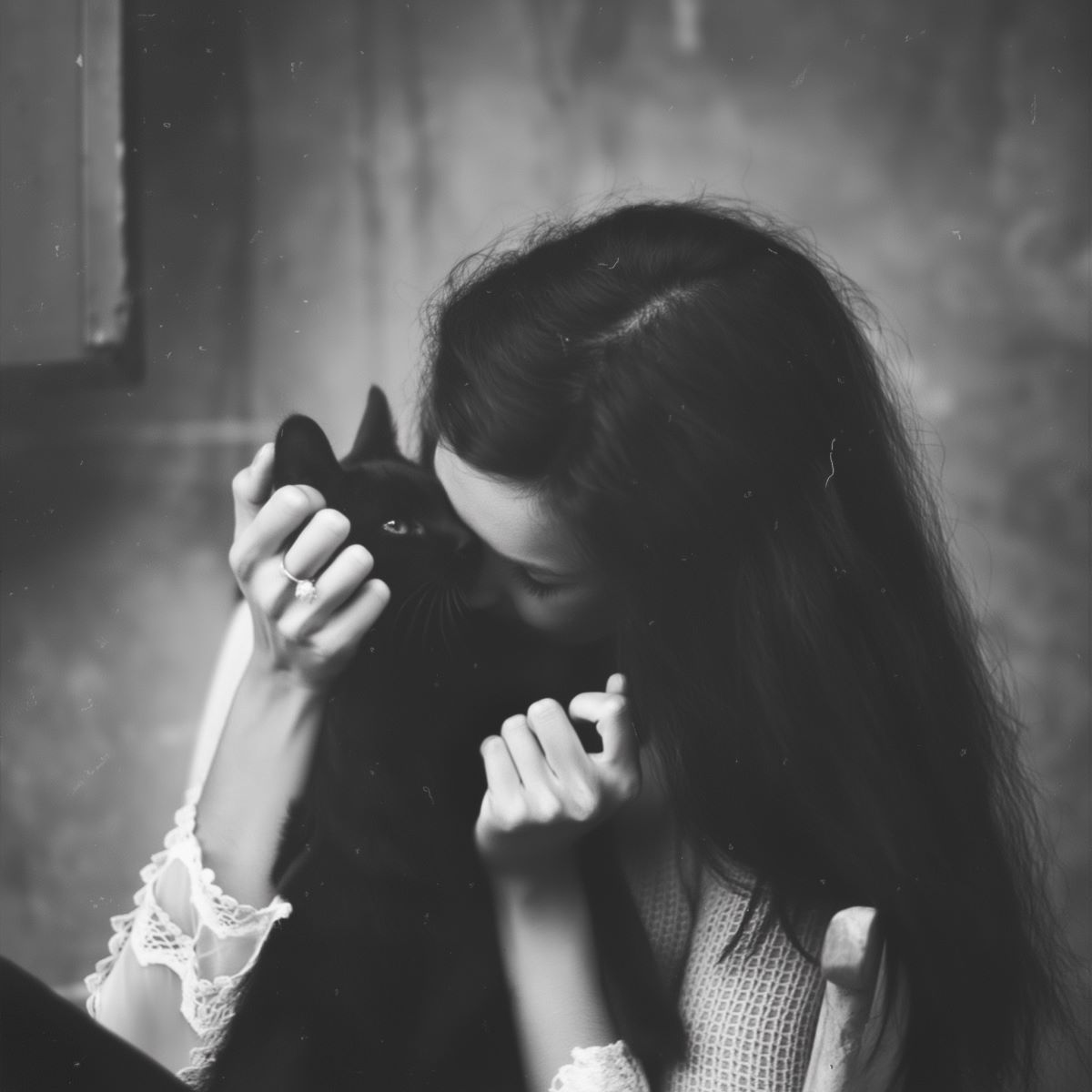
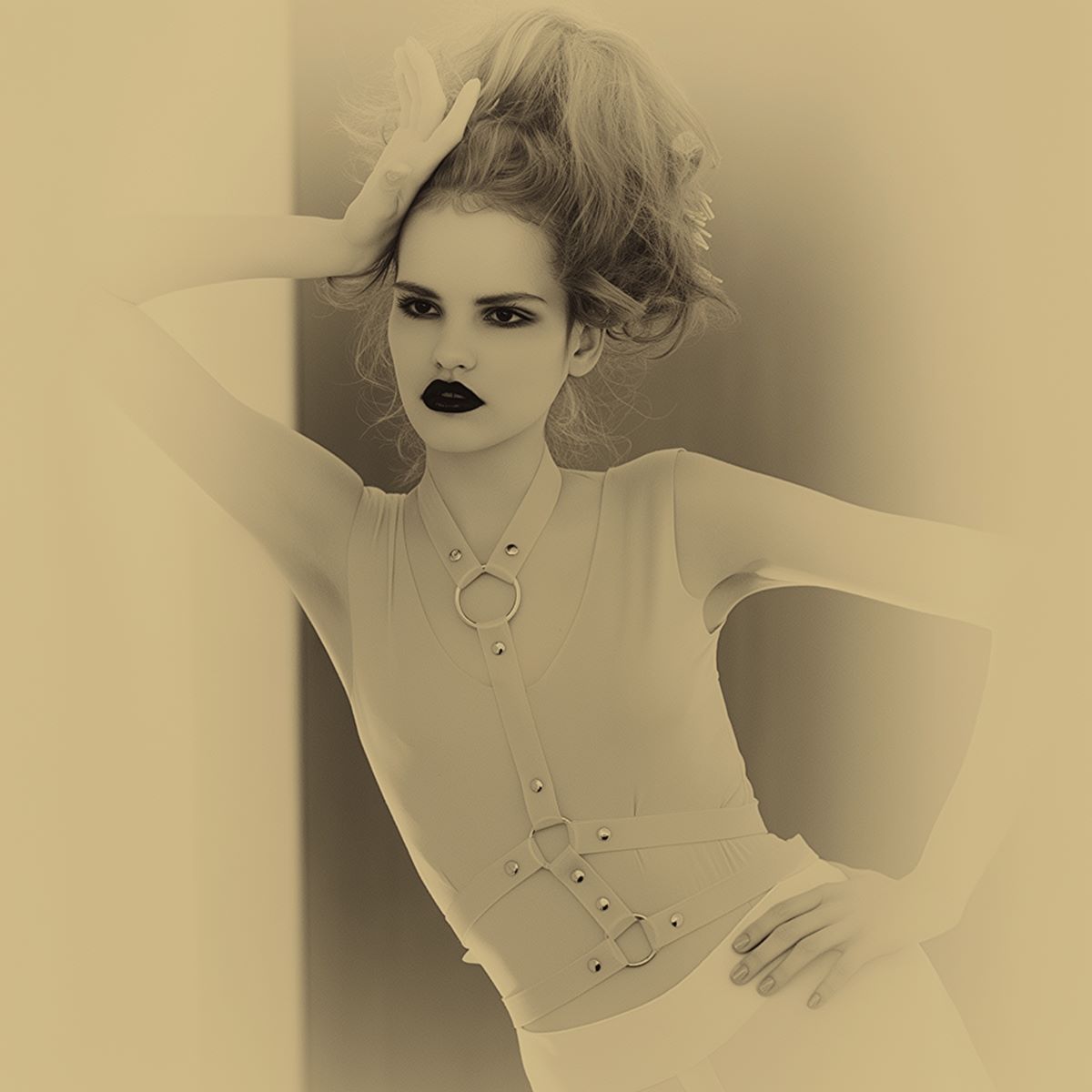
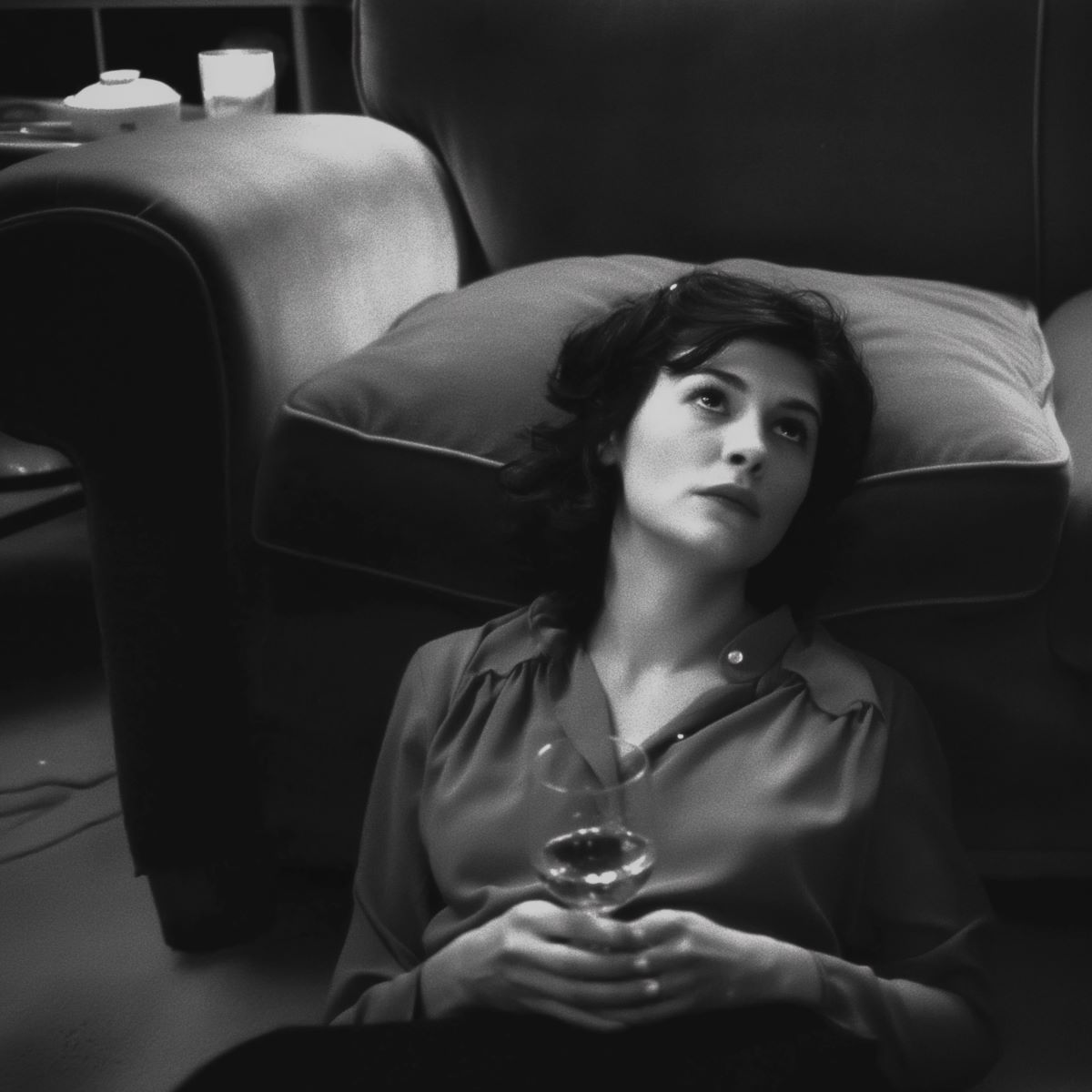

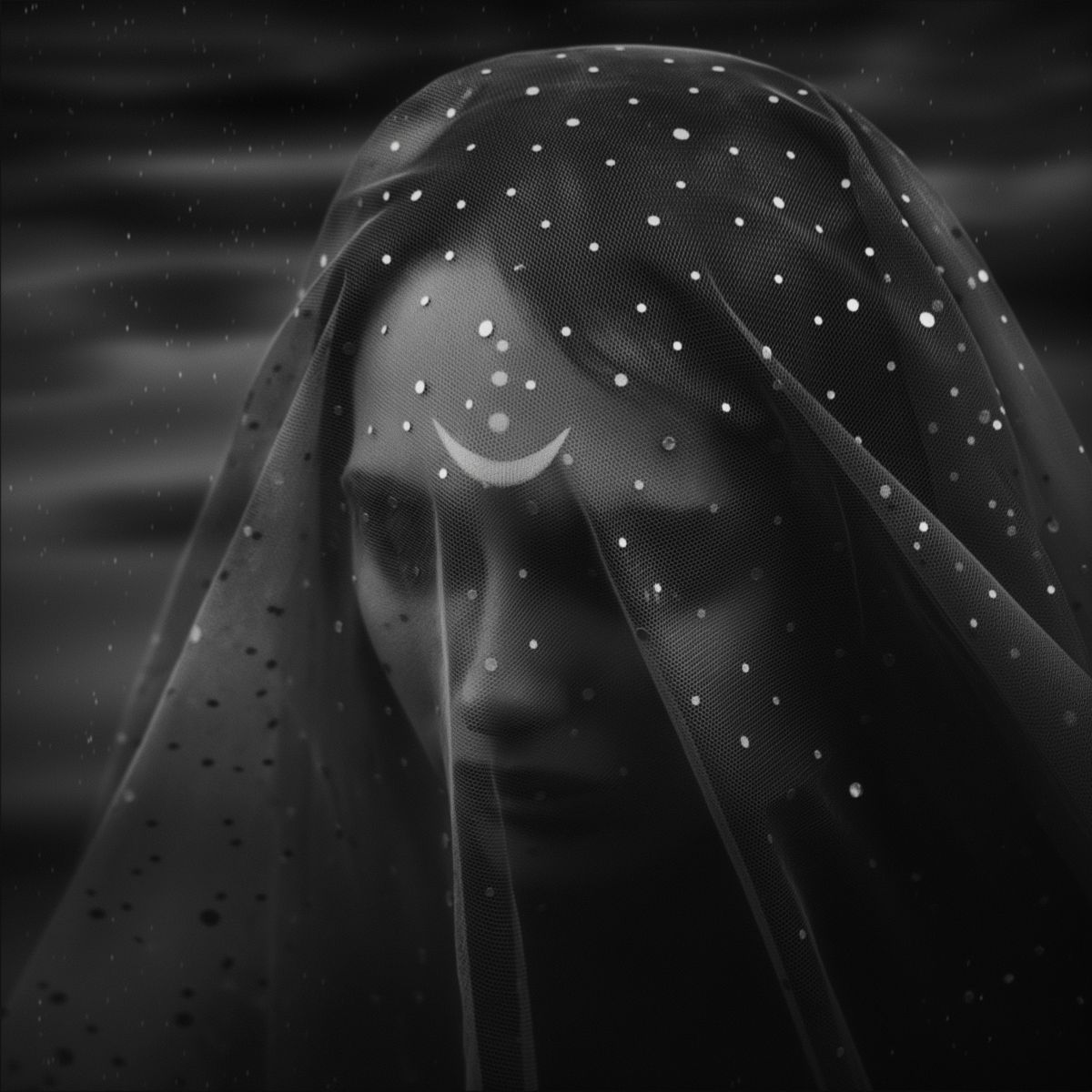
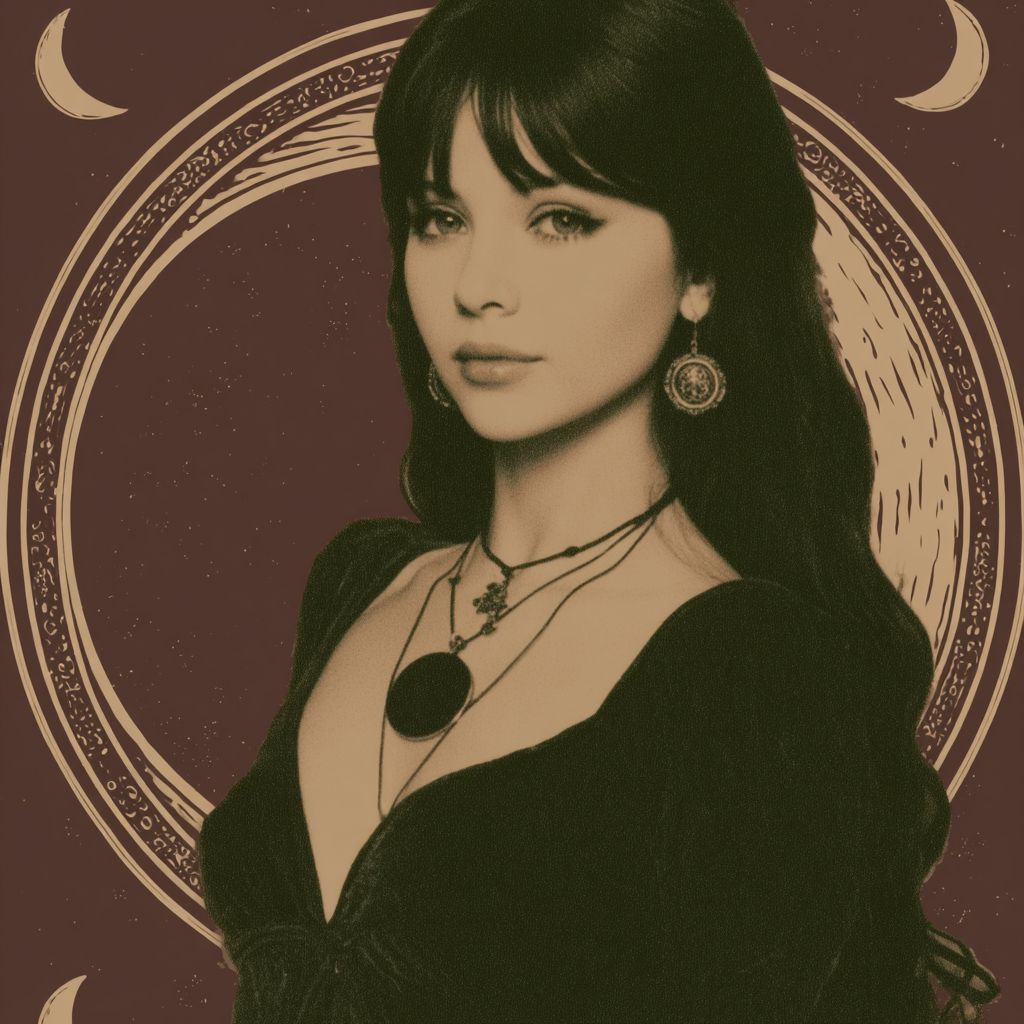
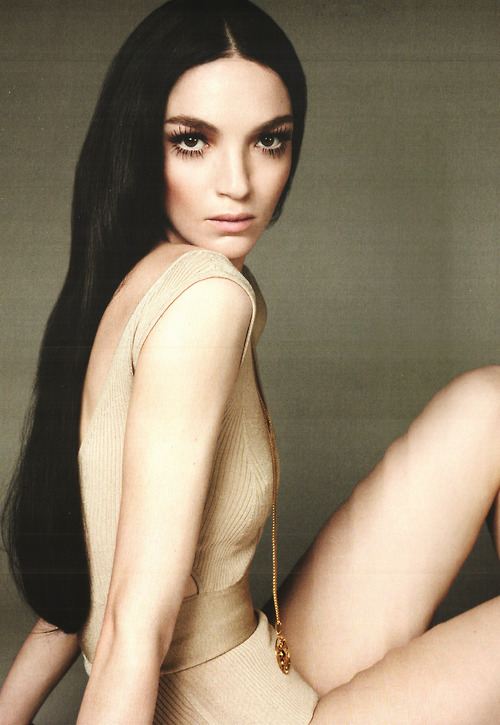

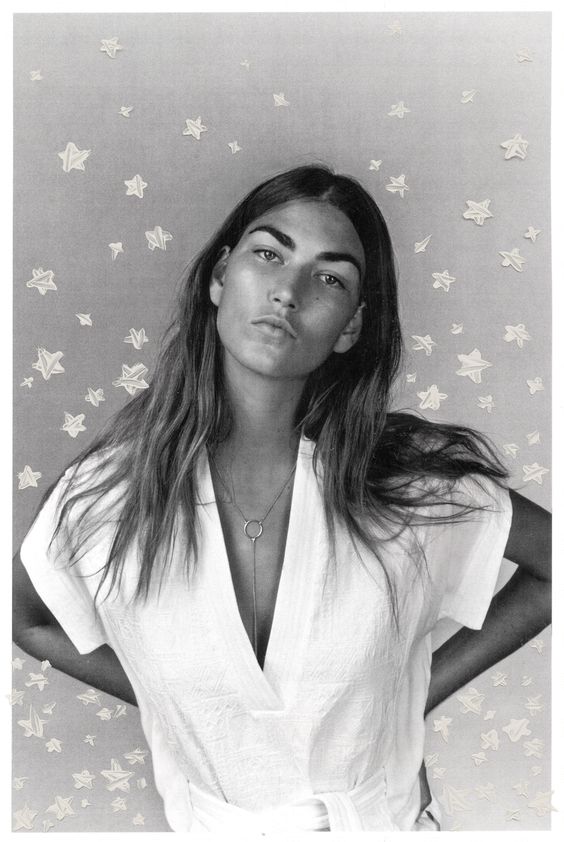

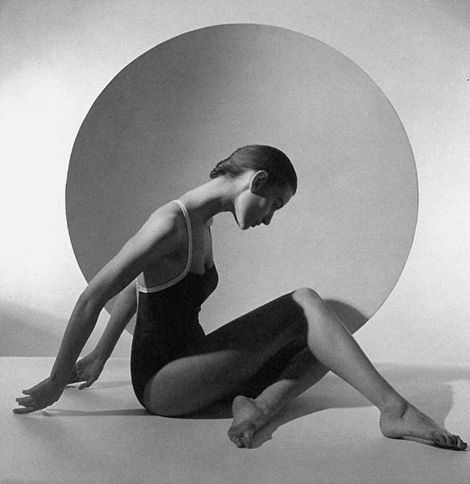
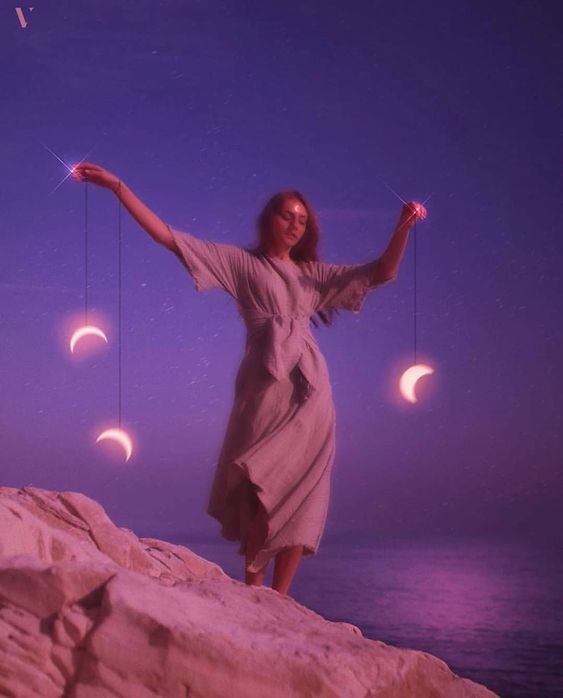
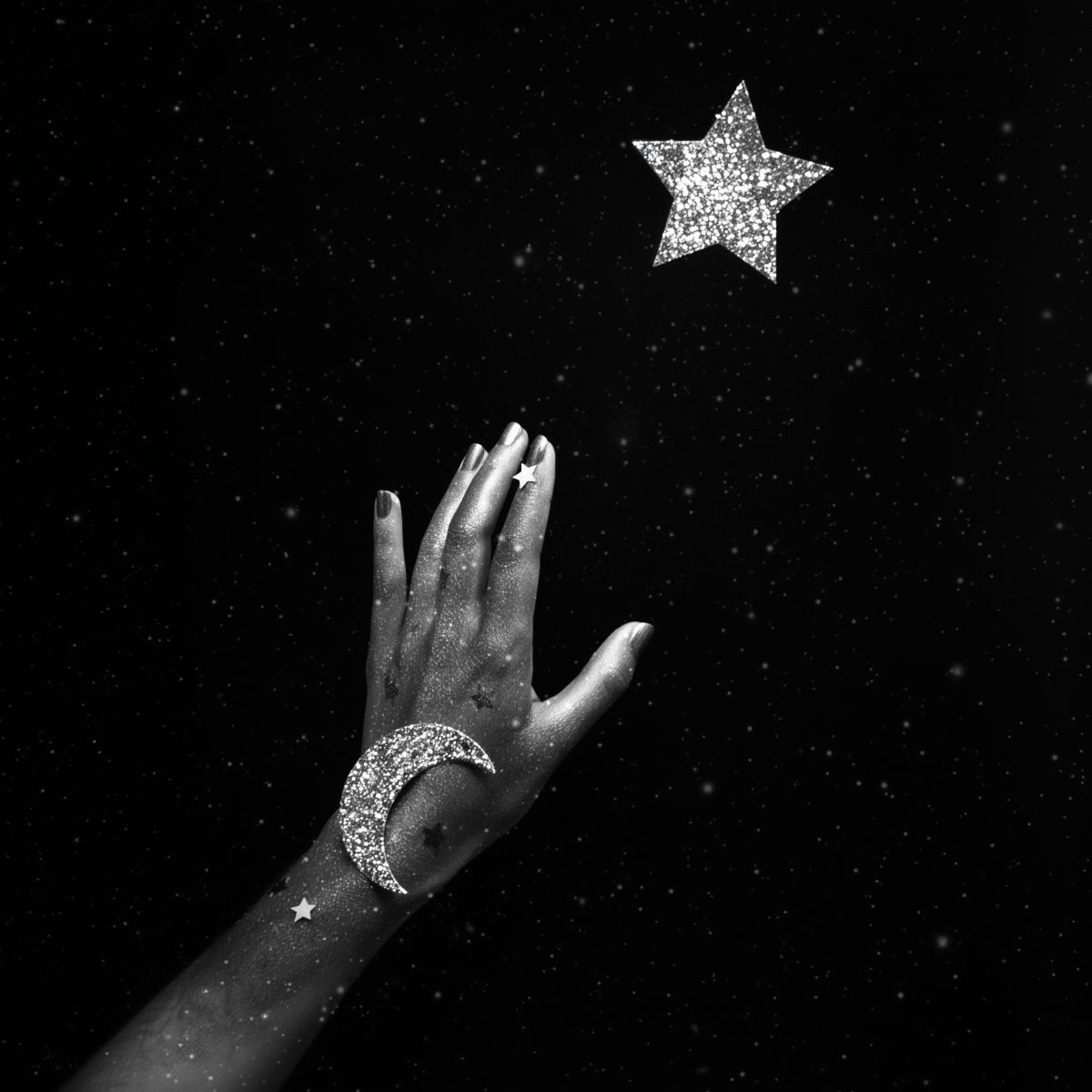
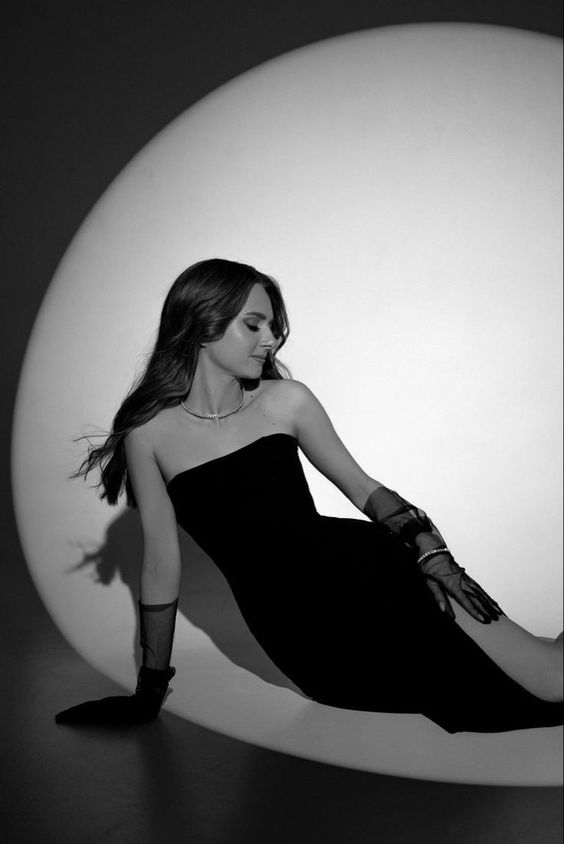
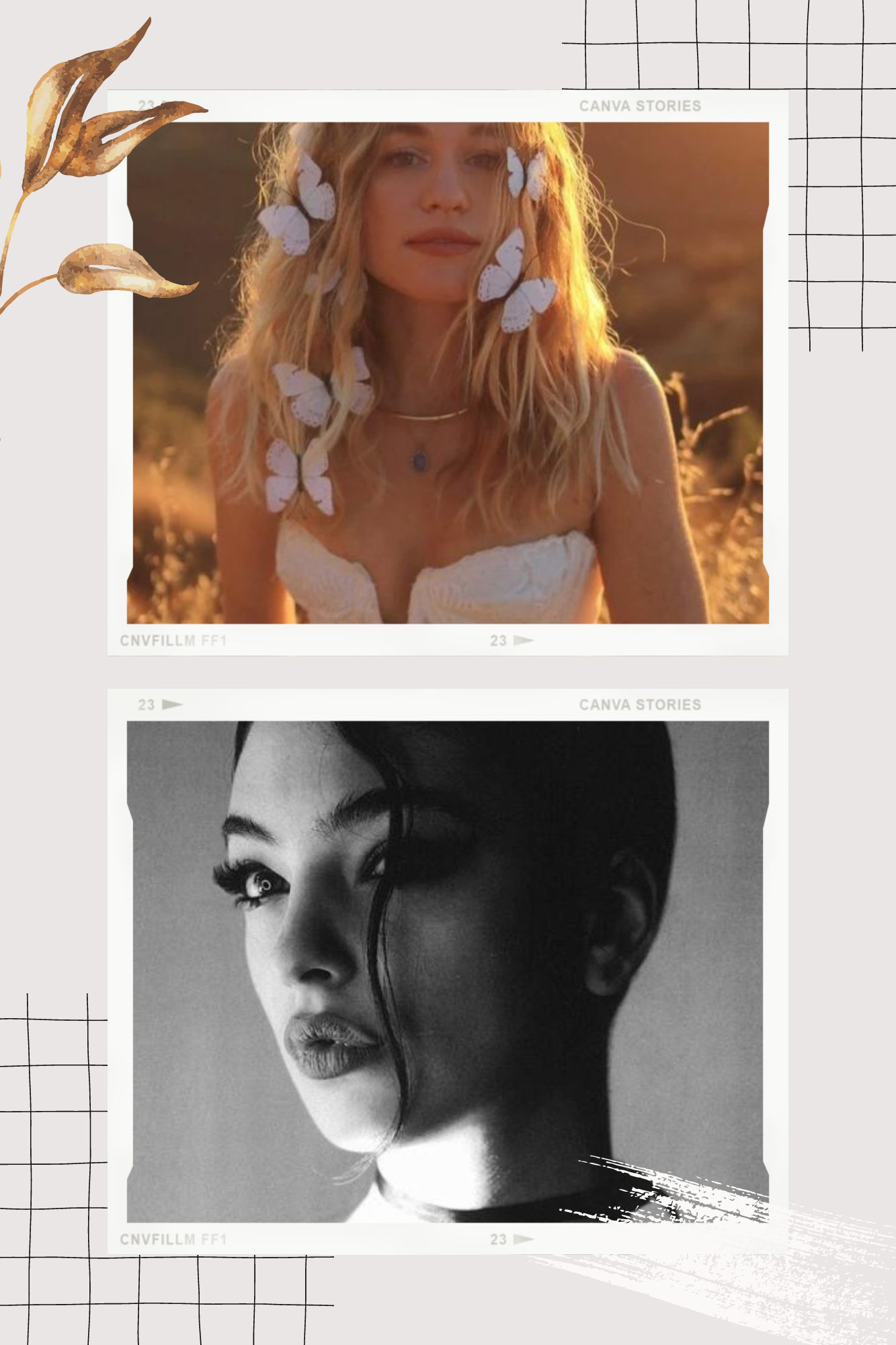
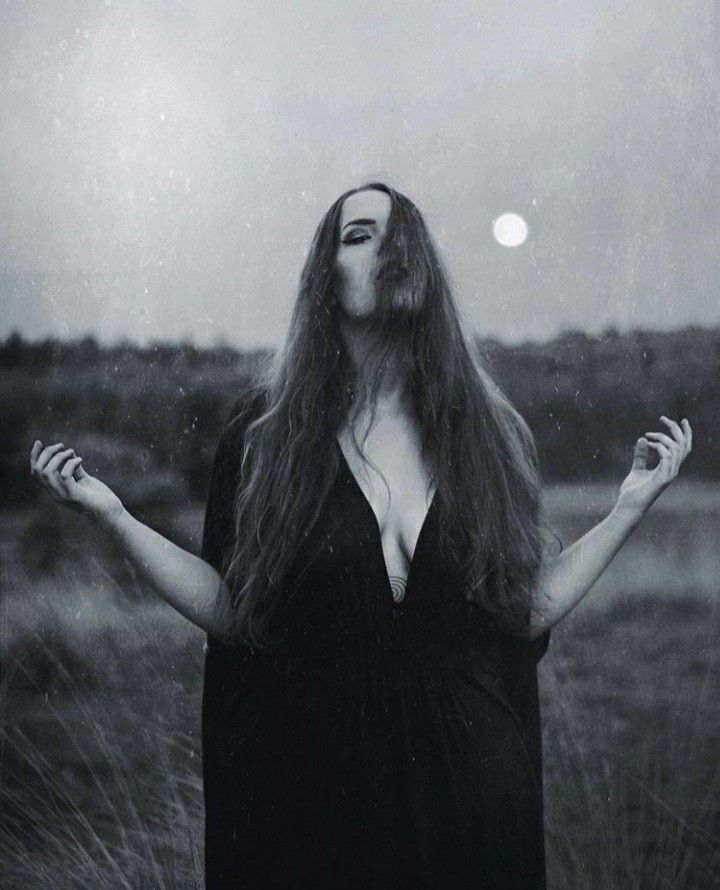
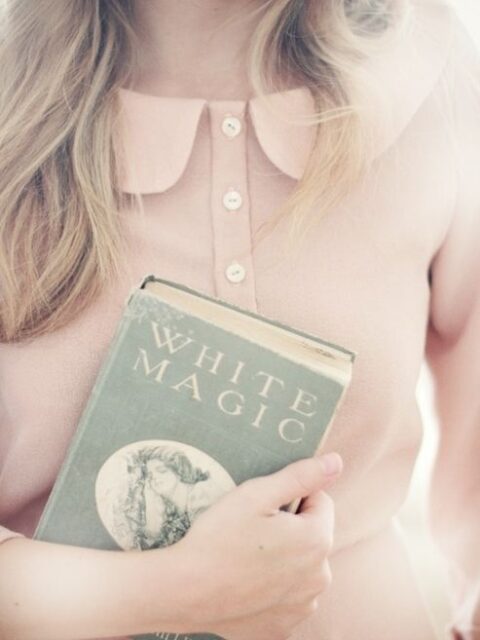
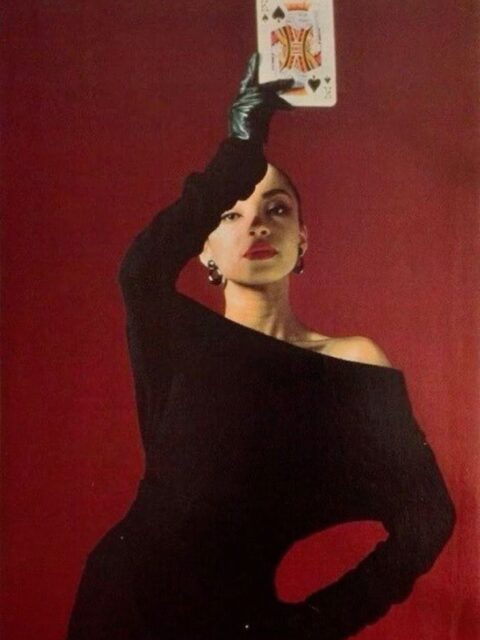
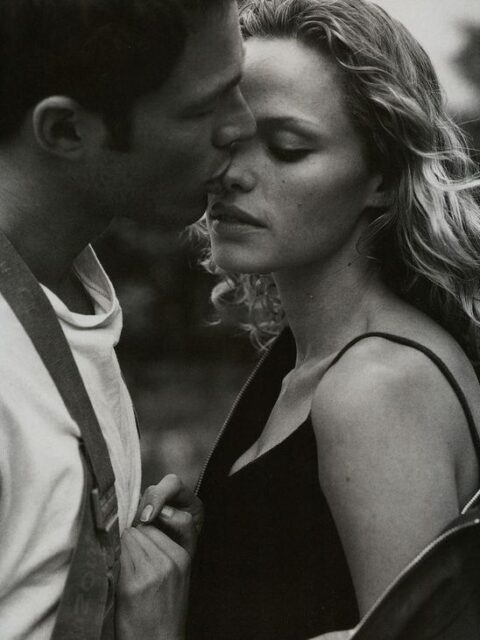
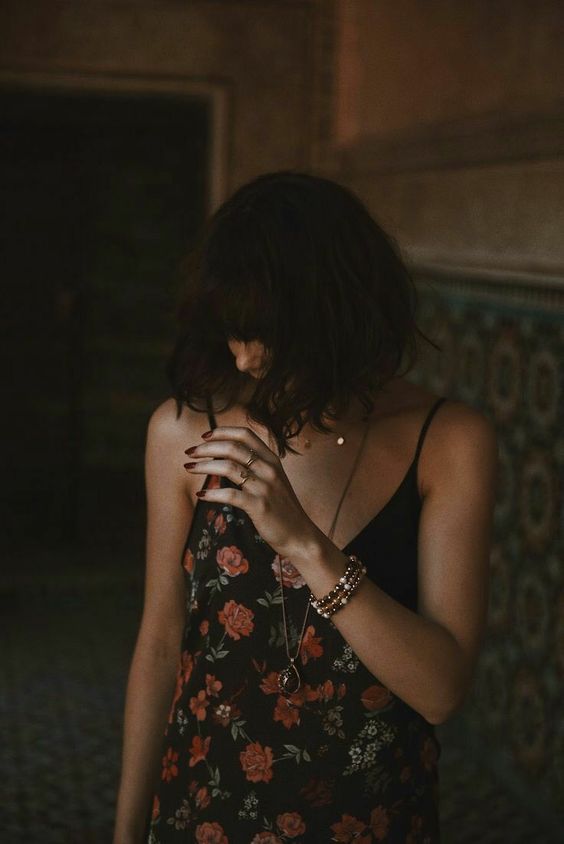 Venus Trine Pluto: Dark Desires
Venus Trine Pluto: Dark Desires
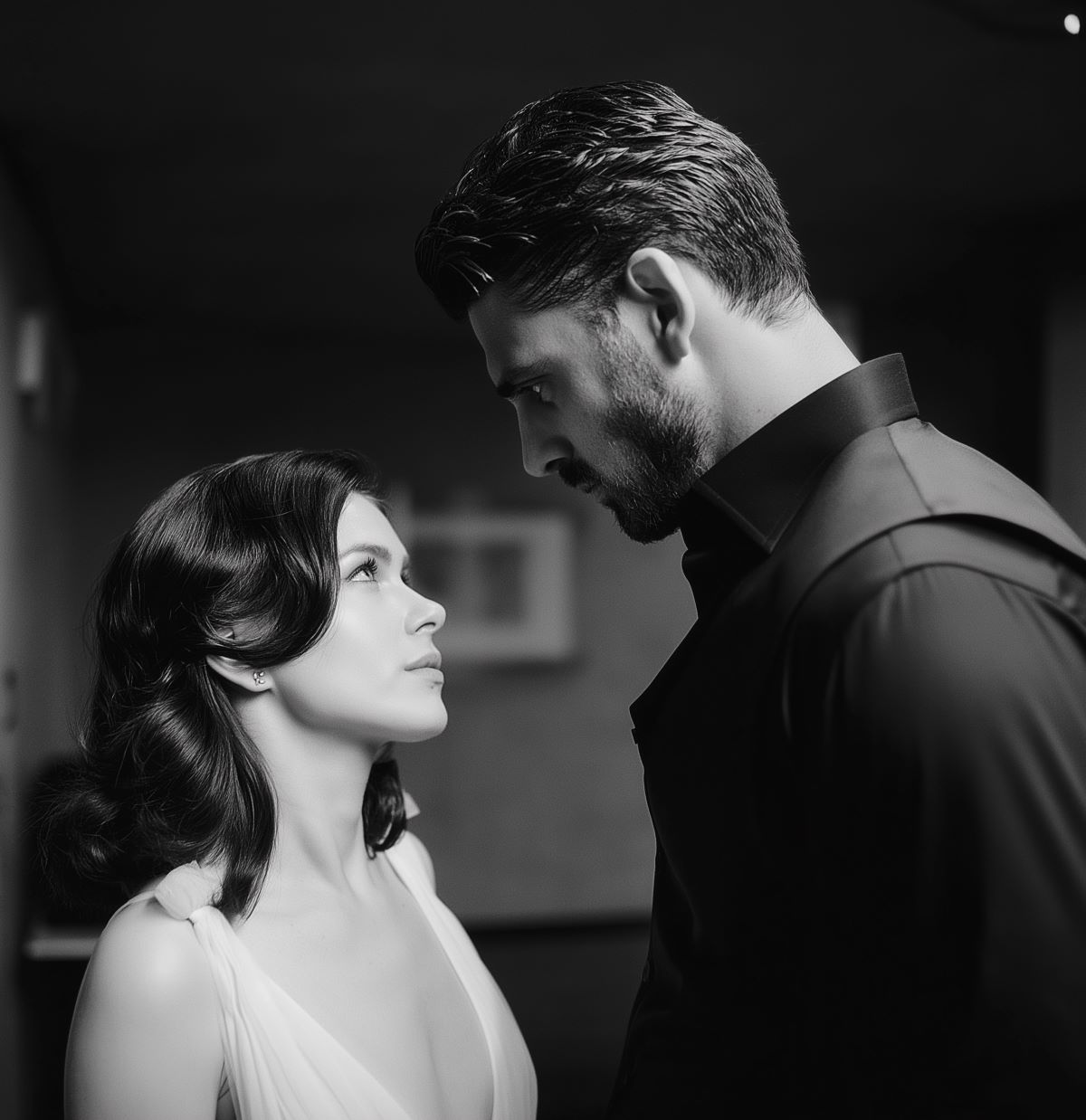 Mars Conjunct Pluto Synastry
Mars Conjunct Pluto Synastry
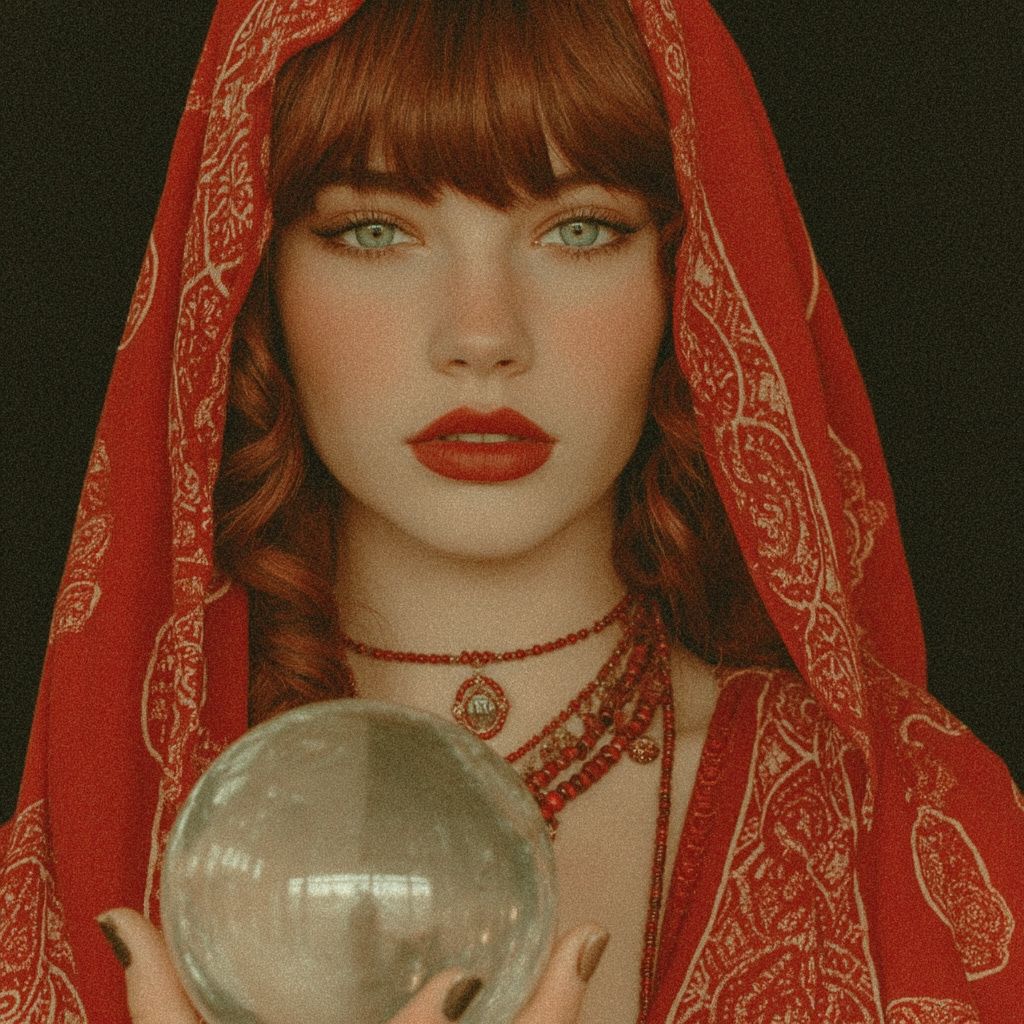 Moon Conjunct Mars Natal Aspect
Moon Conjunct Mars Natal Aspect
 Sun Square Pluto Synastry: You’ve Got That Power Over Me
Sun Square Pluto Synastry: You’ve Got That Power Over Me
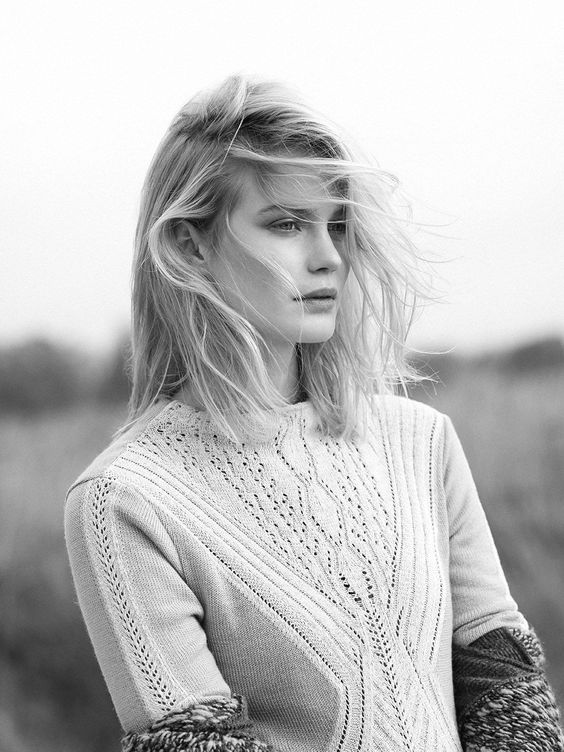 Saturn in the 1st House: From Self-Doubt to Lasting Identity
Saturn in the 1st House: From Self-Doubt to Lasting Identity
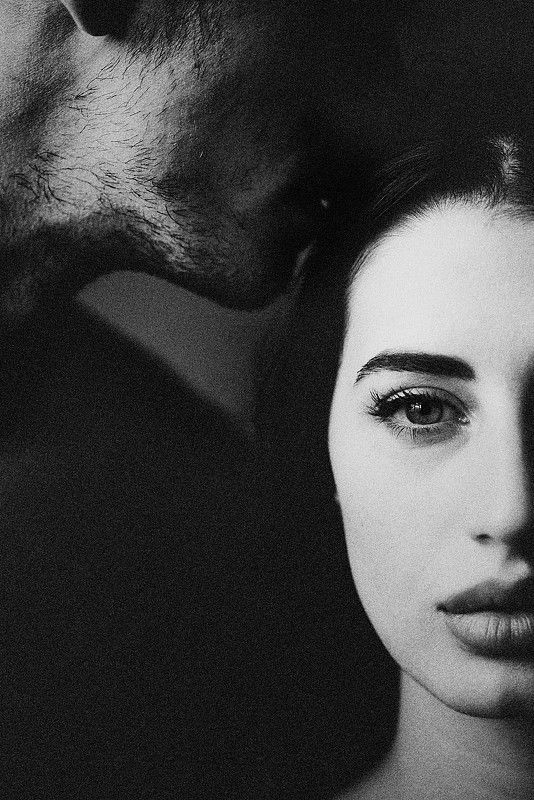 Venus-Pluto Synastry: A Love So Powerful That It Might Just Kill Them
Venus-Pluto Synastry: A Love So Powerful That It Might Just Kill Them
 Venus Trine Mars Synastry
Venus Trine Mars Synastry
 The Scorpio Teenager
The Scorpio Teenager
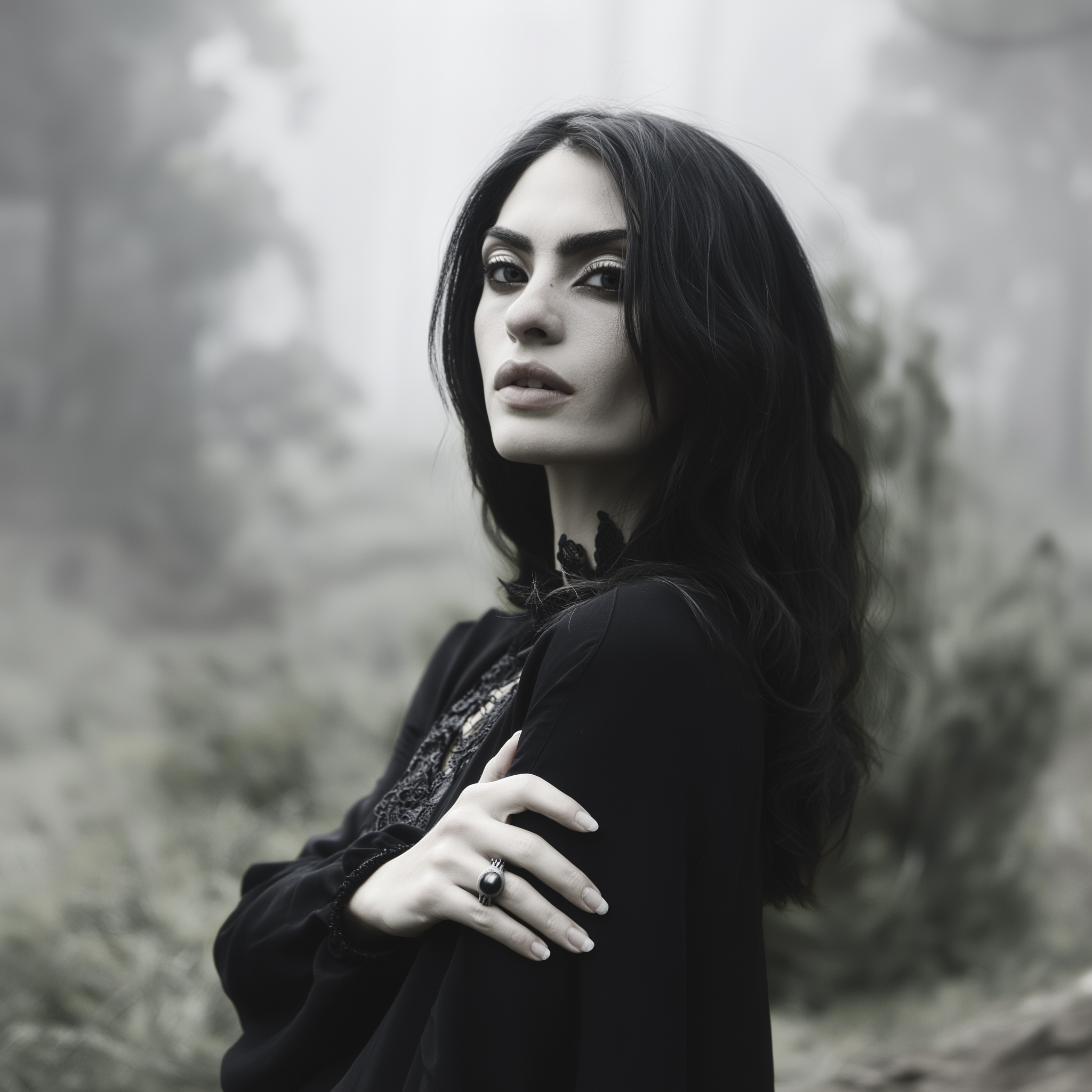 Reflections on a Past Venus-Pluto Synastry Aspect
Reflections on a Past Venus-Pluto Synastry Aspect
 Mars-Pluto Synastry: Something Quite Dark and Dangerous
Mars-Pluto Synastry: Something Quite Dark and Dangerous
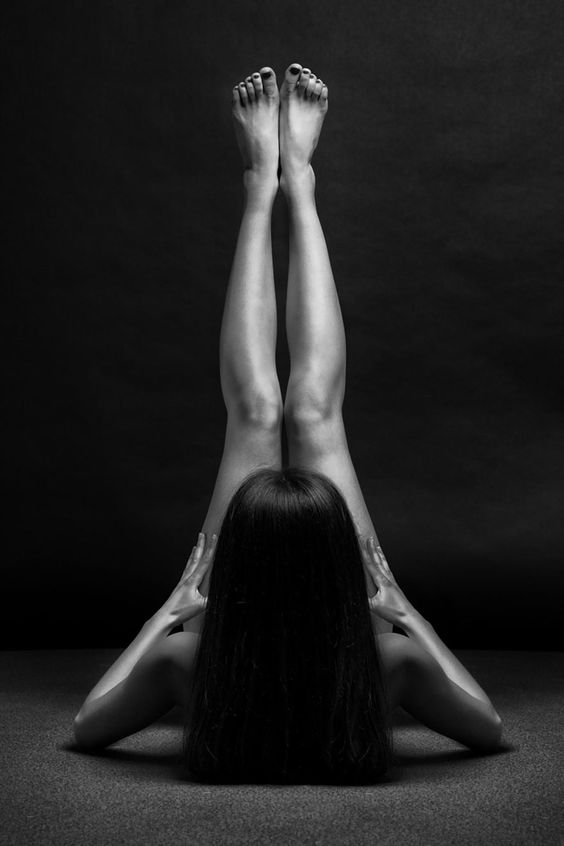 Mars in Aquarius: Sex drive
Mars in Aquarius: Sex drive
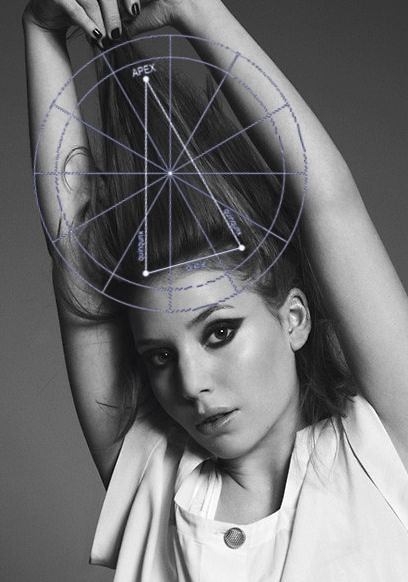 The Yod Aspect Pattern: The Mystical Power of the “Finger of Fate”
The Yod Aspect Pattern: The Mystical Power of the “Finger of Fate”
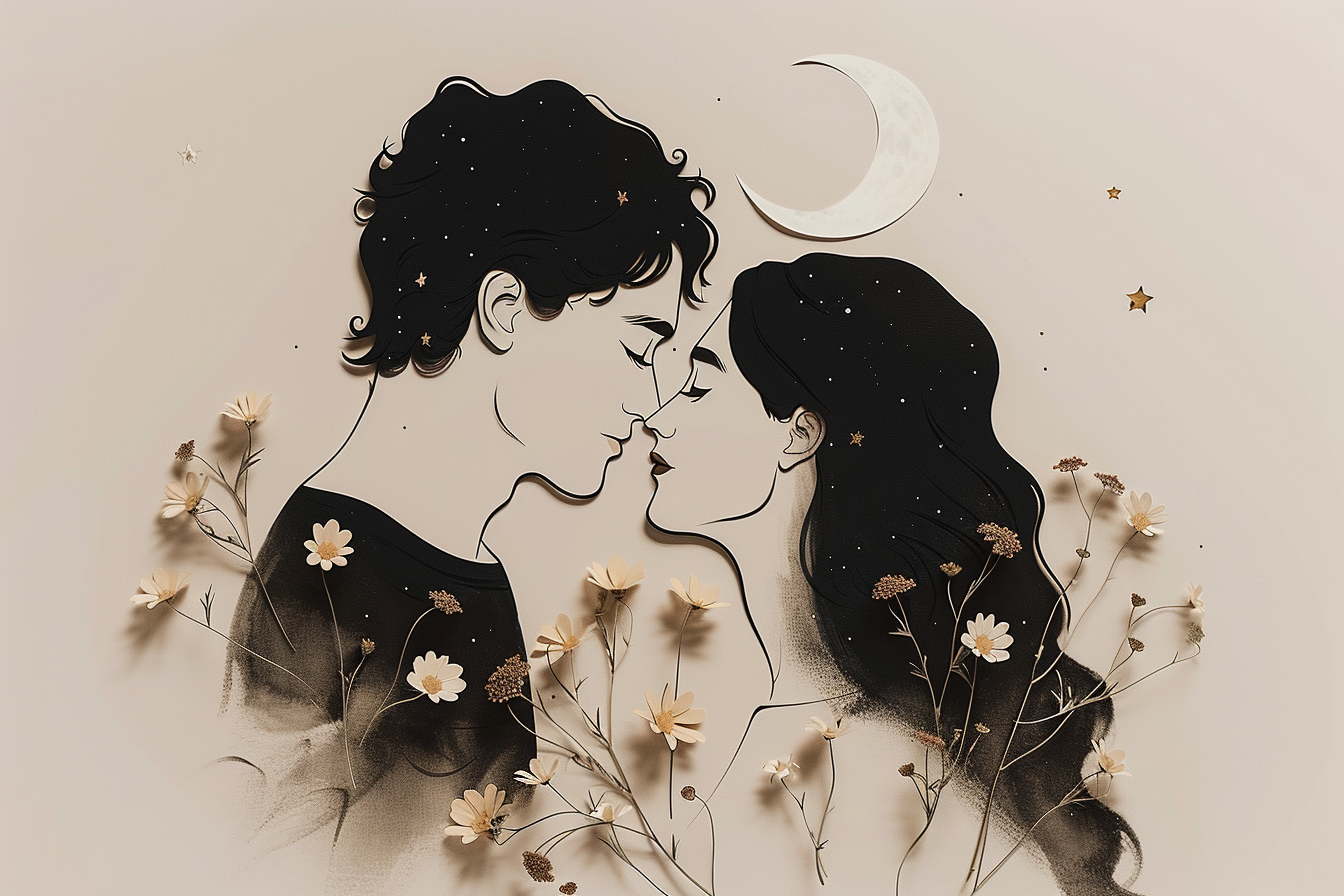 Emotional Understanding: Moon Trine Synastry Aspects Interpreted
Emotional Understanding: Moon Trine Synastry Aspects Interpreted
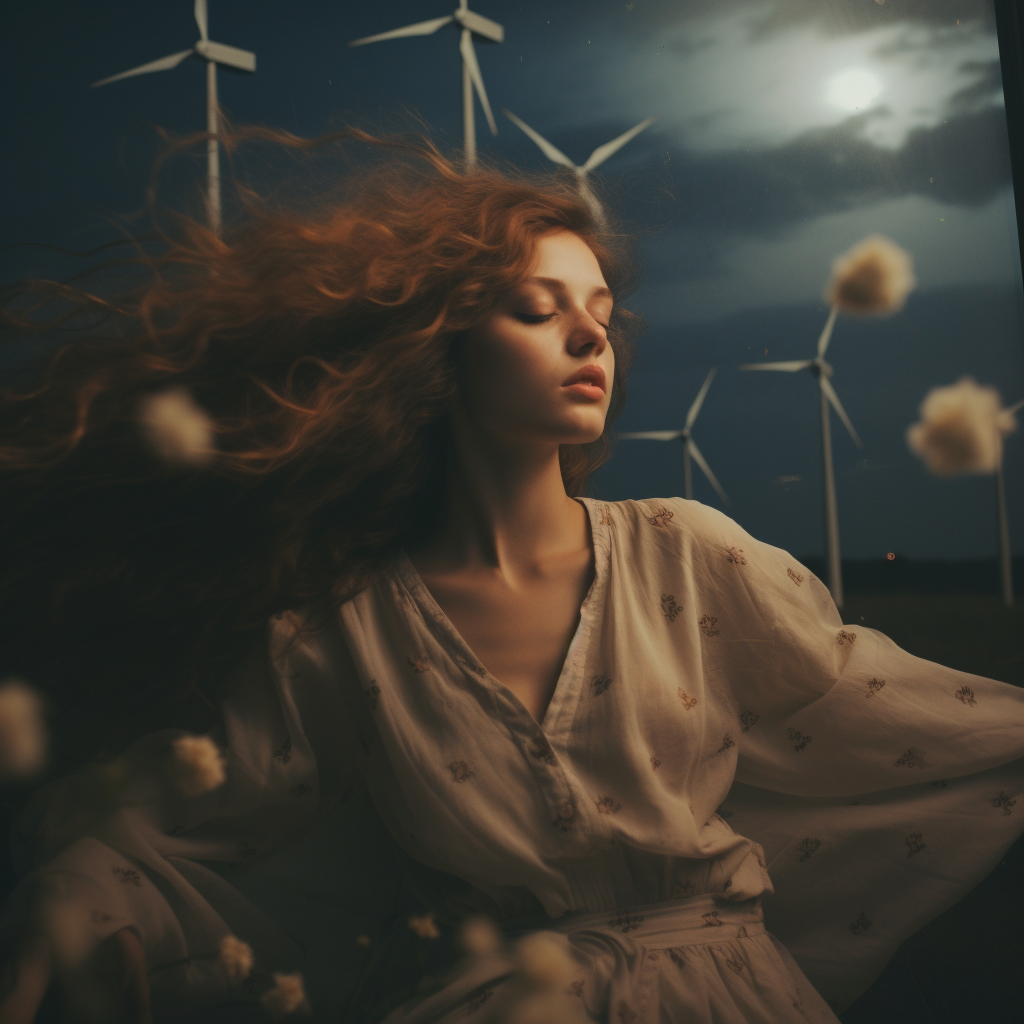 Uranus Transits: 1st House: Winds of Change:
Uranus Transits: 1st House: Winds of Change:
 Sun Square Pluto Natal Aspect: I Am Titanium
Sun Square Pluto Natal Aspect: I Am Titanium
 Moon Conjunct Pluto Synastry
Moon Conjunct Pluto Synastry
 Venus Conjunct Neptune Synastry: Euphoria and the Aftermath
Venus Conjunct Neptune Synastry: Euphoria and the Aftermath
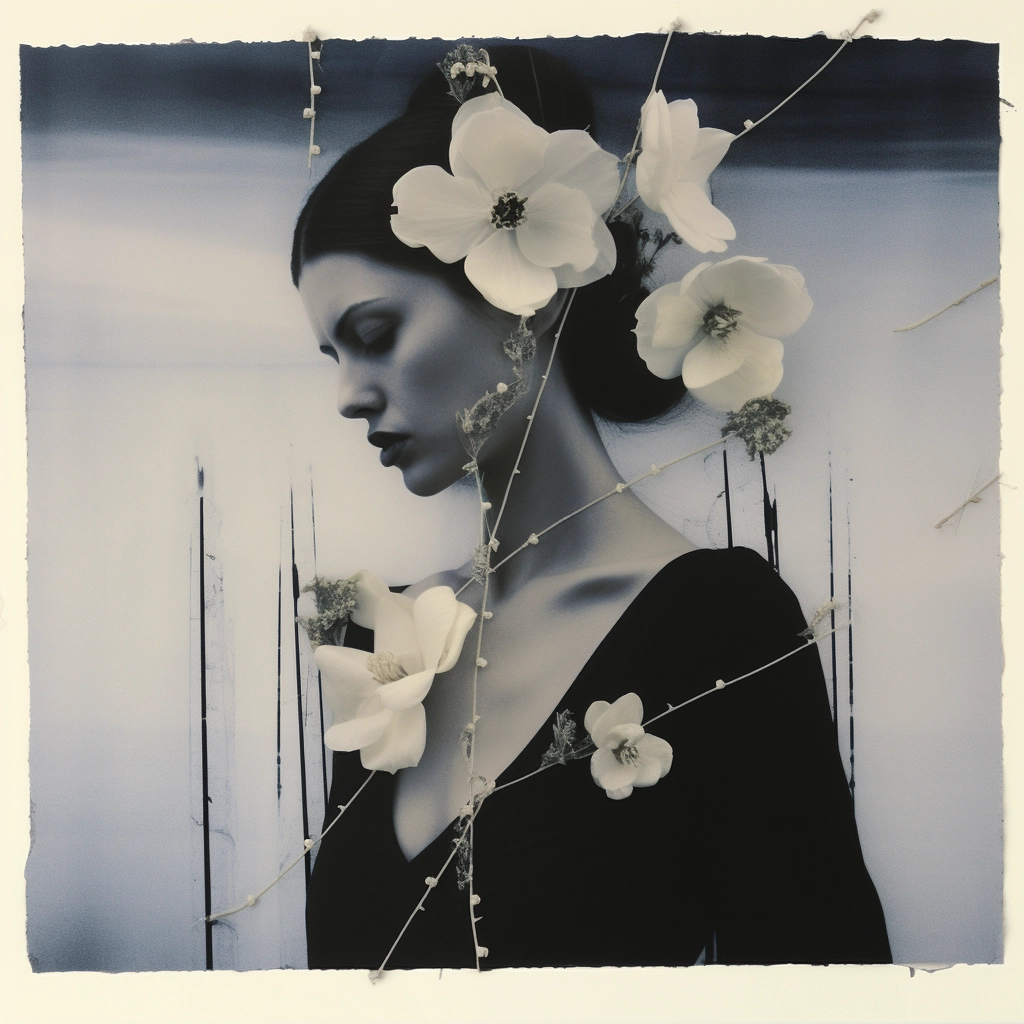 Pluto in Libra in the 2nd House: Lessons on Self-Worth and Financial Independence
Pluto in Libra in the 2nd House: Lessons on Self-Worth and Financial Independence
 Sun Conjunct Pluto Synastry: Enlightening or Annihilating
Sun Conjunct Pluto Synastry: Enlightening or Annihilating